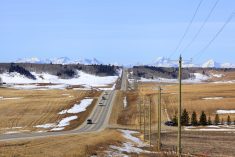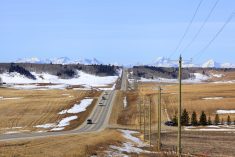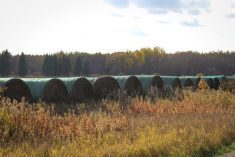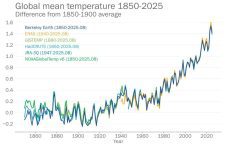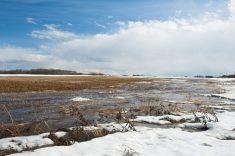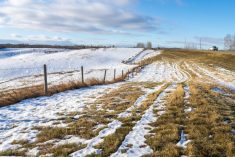As is often the case at this time of the year, the weather models got the general picture right, but the finer details were much to be desired. Usually, the models struggle with the forecast beyond two to five days out, but for much of this forecast period they struggled with the finer details on a day-to-day basis.
What the weather models got correct was the big push of arctic air that brought an end to the nice mild fall weather most of the Prairies have experienced over the last two months. What they struggled with was the interaction between the cold and mild air. The models knew areas of low pressure would spin up along the frontal boundary, but the positioning of these lows, their speed and track, and just how much moisture they would be able to tap into, seemed to be difficult to figure out.
Read Also
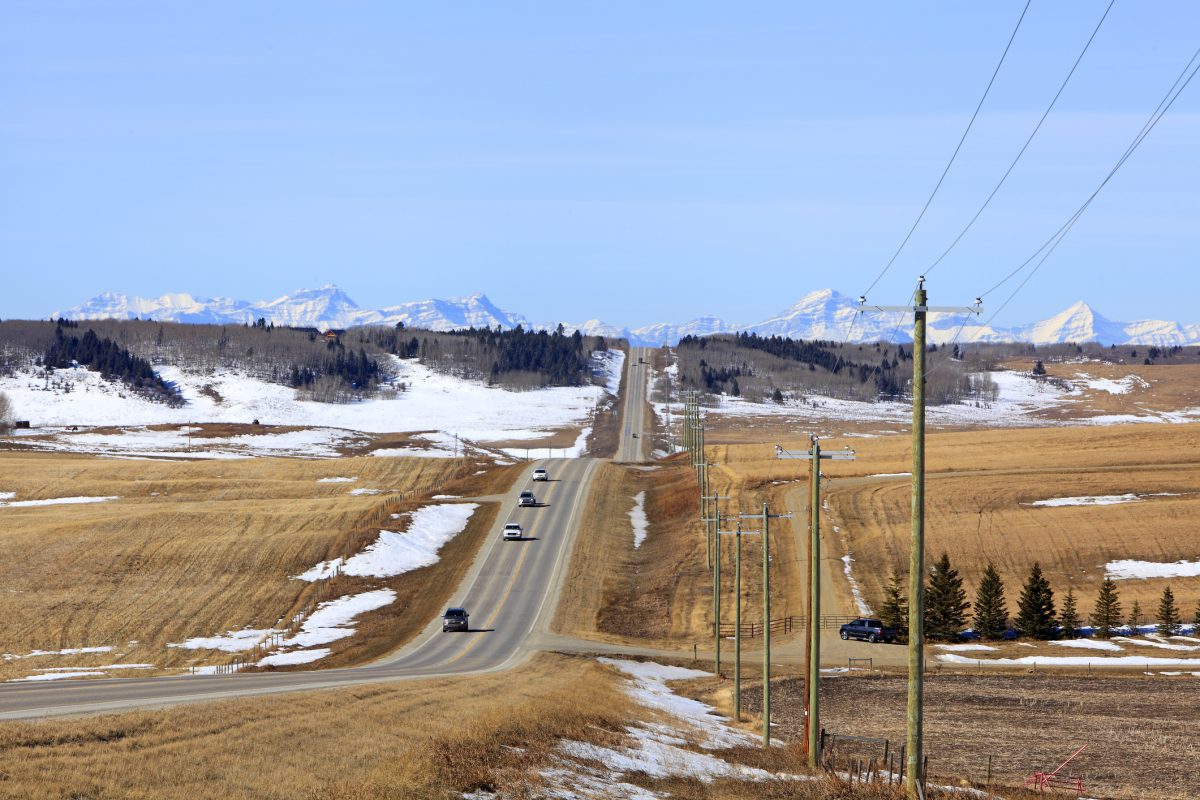
Prairie forecast: Winter temperatures moving in
After several weeks of mild weather across the Prairies, it looks like true winter conditions are finally set to arrive.
For this forecast period, it does not look like Alberta or Saskatchewan will have to worry much about theses boundary or frontal lows as arctic high pressure continues to dominate the weather across these regions. Manitoba will have a few days of unsettled weather as the arctic front pushes through the region and a couple of areas of low pressure bring the potential for measurable snow to southern regions of the province.
Currently there is a double-barrel high sitting across much of Alberta and Saskatchewan, with one high anchored over the Yukon and the other over southern Alberta. This feature will bring sunny to partly cloudy skies across these two provinces along with cold temperatures. It does look like the southern high will begin to slide eastward over the weekend which should result in a warming trend across Alberta.
Alberta
As stated above, cold arctic high pressure will dominate the province at least until the weekend. Expect sunny to partly cloudy skies, with daytime highs ranging from -8 to -5 C and overnight lows falling into the -10 to -15 C range. As the arctic high slowly starts to drift to the east, the flow across the province will become southerly. This will help temperatures to slowly moderate, with daytime highs expected to warm back above freezing by the weekend over southern and central regions and near the freezing mark over northern regions. With weak upper-level ridging forecasted for the last few days of October and into the beginning of November, expect mostly clear skies with temperatures remaining on the mild side for this time of year.
Saskatchewan
This region will feel the effects of the arctic high for much of this forecast period. Expect partly cloudy skies on most days along with daytime highs in the -3 to -6 C range. Overnight lows will be in the -8 to -12 C range but may drop a few degrees colder depending on cloud cover. As the arctic high slowly drifts eastward during this forecast period, temperatures will slowly begin to moderate beginning this weekend as winds become southwesterly. The weather models show daytime highs warming toward the 0 C mark by early next week with overnight lows forecasted to fall into the -6 to -9 C range.
Manitoba
Tough start to this forecast period, but it does look like all the weather models are starting to come into agreement, with a couple areas of low pressure that look to bring the first measurable snow of the season. The first system will begin to impact western regions by late Wednesday morning, pushing into eastern regions by late afternoon or early evening. Areas south of the Trans-Canada Highway are forecasted to see between five and 10 cm form this system. There will be a sharp cutoff on snow amounts north of this system so any small change in the track could have a big impact on just how much snow falls in any given area.
Attention then turns to a stronger area of low pressure that is forecasted to develop to the southwest on Thursday and track toward Lake of the Woods on Friday. Most weather models are coming into agreement that this system will bring another shot of snow to the southeastern half of the province, with western regions basically missing out. Depending on the final track, areas from Winnipeg eastward could see upward of 10 cm of snow with the highest amounts of snow to be found nearest the U.S. and Ontario borders. Watch for updates once the picture becomes clearer on Thursday.
Once this system pushes through, skies should clear as the arctic high pushes into the region. Expect sunny to partly cloudy skies over the weekend and into the first half of next week with daytime highs in the -3 to -6 C range with overnight lows falling into the -8 to -12 C range — possibly colder for those regions that receive significant snowfall.
— Daniel Bezte is a teacher by profession with a B.A. (Hon.) in geography, specializing in climatology from the University of Winnipeg. He operates a computerized weather station near Birds Hill Park, Man. Contact him via email with your questions and comments.




